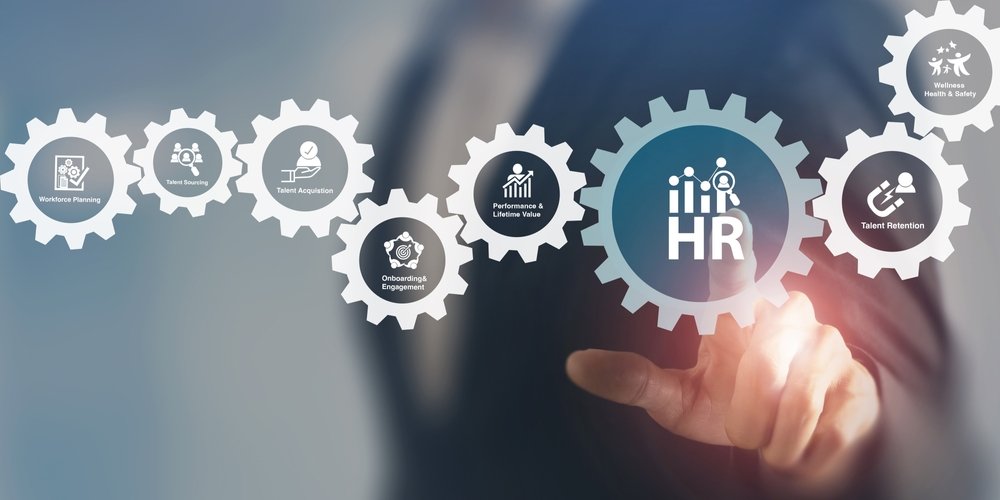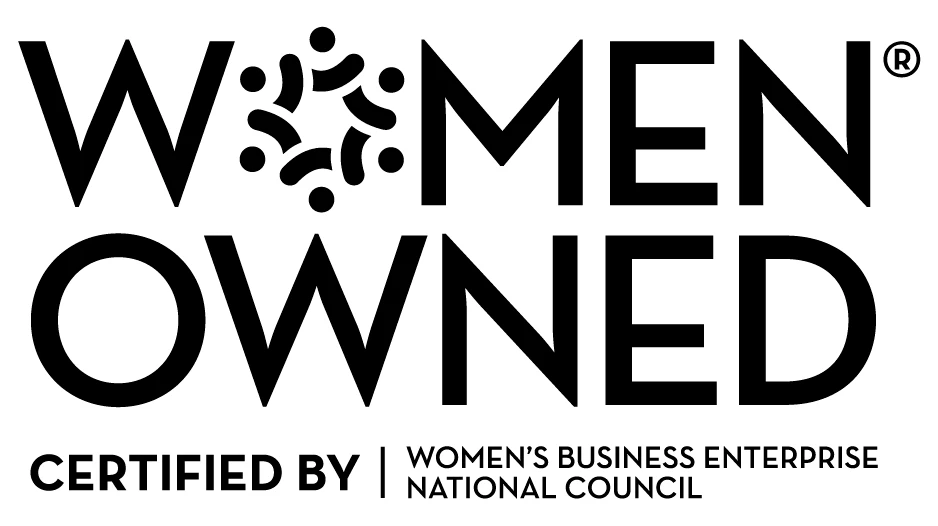HR Automation Tools: What’s New in 2025?

As workplaces become more digital and data-driven, HR departments are rapidly transforming how they manage people. In 2025, the evolution of HR automation tools is not just about saving time and reducing paperwork—it’s about enhancing the employee experience, improving decision-making, and aligning HR strategy with broader business goals.
This article explores the newest HR automation tools available in 2025, key trends driving innovation, and what organizations can expect in the near future. Whether you’re part of a growing startup or a global enterprise, understanding these tools can help you stay competitive in managing your workforce.
"Automating routine tasks like interview scheduling, resume screening, and onboarding workflows. Leveraging AI to personalize employee journeys and deliver real-time insights for smarter HR decisions."
Why HR Automation Still Matters in 2025
HR automation is no longer a luxury—it’s a necessity. In 2025, organizations use automation to reduce human error, streamline administrative work, and enhance strategic HR functions. With remote and hybrid work now a long-term reality, automating HR functions helps ensure consistency and compliance across diverse teams.
From onboarding to performance reviews, Human Resources Automation provides consistency, efficiency, and data-backed insights. More importantly, it gives HR professionals time to focus on higher-level initiatives such as talent development, DEI, and culture-building.
Key Drivers Behind HR Automation Growth
Several key factors are driving businesses to adopt more advanced HR automation tools in 2025. The continued rise of remote and hybrid work models has created a need for more flexible, digital-first HR solutions. At the same time, employees now expect personalized experiences that cater to their individual needs and career paths. Navigating increasingly complex labor laws has also made compliance more challenging, prompting organizations to seek tools that reduce risk and ensure accuracy. Additionally, the demand for real-time workforce analytics is growing, as companies look to make faster, data-informed decisions. Compounding these trends is a talent shortage in critical industries, which is pushing employers to adopt smarter, more efficient recruiting strategies powered by automation.

Top HR Automation Tools Making Waves in 2025
-
GleanHR Assistant An AI-powered HR chatbot that answers employee questions, tracks leave, and supports onboarding. It uses natural language processing and integrates with Slack, Teams, and mobile apps for seamless communication.
-
RecruIQ System A smart applicant tracker that ranks candidates and predicts long-term fit. It connects with LinkedIn, GitHub, and video platforms to streamline hiring while improving cultural alignment and success rates.
-
Workday AI Suite Workday’s AI tools now support real-time feedback, skill gap analysis, and succession planning. They spot early signs of attrition or disengagement by analyzing patterns in employee behavior and data.
-
ZenPeople & ThriveWell ZenPeople offers payroll, onboarding, and AI insights for small businesses. ThriveWell focuses on wellness, merging mood and biometric data to help HR monitor employee health and productivity trends.
Key Functional Areas Being Automated in 2025
HR automation has evolved far beyond handling simple administrative tasks. In 2025, companies are leveraging advanced automation across the entire employee lifecycle. Onboarding and offboarding processes are now streamlined with digital checklists, pre-filled documentation, automated IT provisioning, and exit surveys. Recruitment and hiring have become more efficient through resume parsing, automated interview scheduling, candidate scoring, and AI-driven background checks. Payroll and benefits administration are also enhanced with auto-calculated salaries, real-time tax adjustments, and mobile-enabled benefit elections managed directly by employees. Learning and development initiatives are increasingly personalized, with smart reminders and automated compliance tracking keeping employees on target. Performance management now features continuous feedback, peer reviews, and goal tracking linked directly to OKRs. To top it off, employee engagement is being monitored through sentiment analysis and AI-generated reports based on internal communications, giving HR real-time insight into workforce morale.
Also Read: The Impact of HR Automation on Company Culture

Future Trends in HR Automation
In 2025, HR automation is increasingly centered around enhancing the employee experience. Platforms feature cleaner, more intuitive interfaces that adapt to user behavior, while chatbots and voice assistants provide quick, accessible support. Predictive and prescriptive analytics have become standard, enabling HR tools not just to track data, but to recommend actionable steps—such as initiating stay interviews, adjusting workloads, or considering promotions based on emerging trends. Seamless integration across departments is also a hallmark of modern HR platforms, allowing for efficient workflows that connect HR with finance, operations, and IT systems. As automation becomes more intelligent, there is heightened attention on ethical AI and data privacy, with organizations demanding transparency in algorithms and full compliance with global data protection laws. Adding to this evolution, voice and gesture-based interfaces are gaining traction, making HR tools more accessible and inclusive, especially in diverse, international workforces.
Choosing the Right HR Automation Tool in 2025
When evaluating HR automation tools, it’s important to consider several key factors to ensure the solution aligns with your organization’s needs. Scalability is crucial—your chosen platform should be able to grow alongside your business. Equally important is ease of use; an intuitive, employee-friendly interface encourages adoption and minimizes training time. Compliance must also be a top priority, with the tool meeting all legal requirements across the regions in which you operate. Seamless integration with your existing tech stack ensures smooth data flow and operational efficiency. Customization is another vital feature, allowing the system to adapt to your unique workflows and HR processes. Lastly, robust support is essential—look for platforms that offer comprehensive onboarding, training resources, and responsive troubleshooting assistance to keep your operations running smoothly.
Case Study: Automation at Work
-
Horizon Retail Group Facing rapid growth and managing multiple store locations, Horizon Retail Group struggled with inconsistent onboarding and a heavy HR workload. By implementing ZenPeople and integrating it with payroll, scheduling, and communication tools, the company cut onboarding time by 50% and reduced HR admin tasks by 60%. Within six months, employee satisfaction scores significantly improved.
-
ZenPeople Success Story A national retailer with expanding operations turned to ZenPeople to streamline HR processes. Integration with their existing systems allowed for faster onboarding, less manual admin, and better communication across stores. As a result, the company boosted efficiency and saw measurable improvements in workforce engagement.
Challenges in Adopting New HR Automation Tools
While the benefits of HR automation are well established, several challenges still hinder adoption for many organizations. Resistance to change among HR teams is common, particularly when long-standing manual processes are deeply ingrained. Smaller companies may face budget constraints that limit access to more robust automation solutions. Data migration from legacy systems can also pose technical and logistical hurdles, and there is often a learning curve for employees who are less comfortable with new technologies. To successfully navigate these challenges, companies must invest in proper training, choose vendors that offer strong implementation and support services, and maintain clear communication to highlight the long-term value and impact of automation.
Preparing for the Future
To ensure the successful adoption of automation tools, HR professionals must stay current with evolving trends and best practices. Attending HR technology conferences and webinars provides valuable insights into the latest innovations and solutions. Collaborating closely with IT teams during the selection and implementation phases helps align tools with organizational needs and ensures smoother integration. Staying informed about regulatory updates is essential for maintaining compliance, especially as data privacy laws continue to evolve. Additionally, listening to employee feedback on system usability helps identify areas for improvement and promotes higher adoption rates. By taking a proactive approach, HR leaders can implement automation tools in a way that is thoughtful, ethical, and truly effective.
Conclusion
The HR technology landscape in 2025 is smarter, faster, and more human-centered than ever. Automation is transforming not just how HR tasks are done, but how people feel about their work experience. With tools that support every stage of the employee lifecycle—from hiring to retirement—HR teams can focus on what truly matters: building strong, satisfied, and engaged workforces.
As we move forward, the organizations that adopt the right HR automation tools and use HR consultation services strategically will have a clear edge in attracting and retaining talent in a highly competitive environment.





